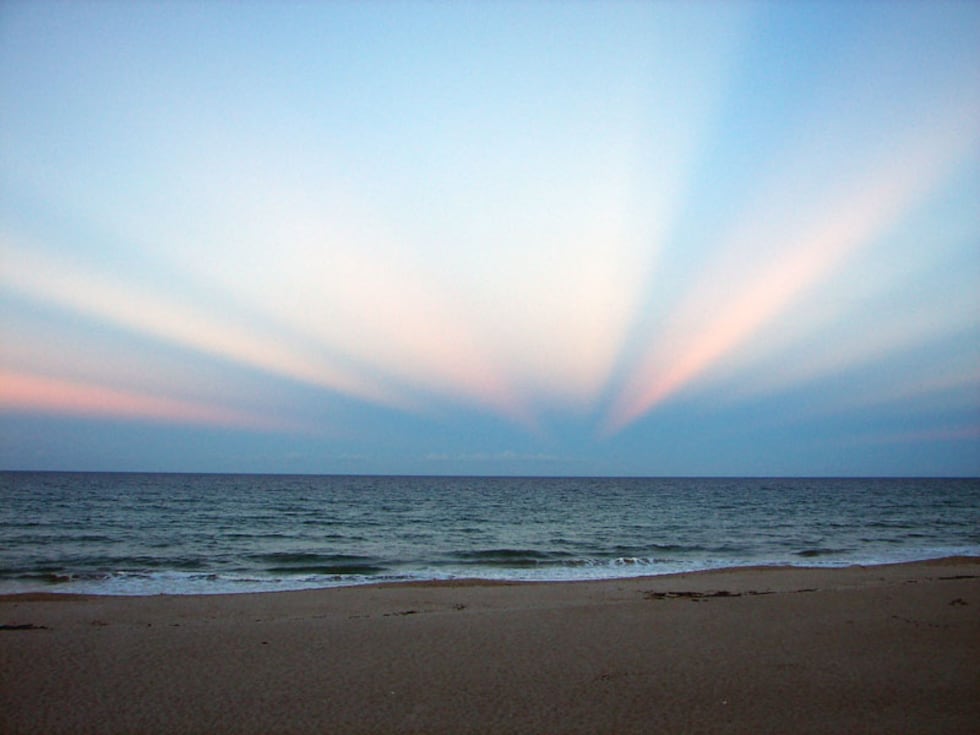Behind the Forecast: Crepuscular rays - Nature’s sunshine spotlight
Listen to Science Behind the Forecast with Meteorologist Tawana Andrew every Friday on 89.3 WFPL at 7:45 a.m.
LOUISVILLE, KY (WAVE) - Have you ever looked at the sky to see beams of light and dark-blue streaks streaming from behind a cloud? Those are called crepuscular rays.

The name of the alternating bands of shadow and light comes from the Latin word crepusculum which means twilight (they are easiest to see at this time of day). The dark streaks are the shadowy parts of the cloud while the brighter light blue or white beams are, of course, strips of sunlight.
PREVIOUS SEGMENTS
- Behind the Forecast: The hair-raising truth about humidity
- Behind the Forecast: Buzz behind weather’s impact on bees
- Behind the Forecast: The striking interaction between lightning and planes

Crepuscular rays occur when the sun sets behind, or is hidden by, a cloud or mountain. In the case of sunsets, the bands of light stream across the western sky, radiating from the sun. When there are numerous particles in the atmosphere, like pollutants, dust, or even moisture, sun rays hit the particles, scattering them into a visible beam. The clouds that the light is shining through must be darker for the light stripes to appear. While the rays appear to radiate away from each other, they are actually parallel. Since we are so far away from the sun, our perspective makes them seem like the bands are getting wider further away from the sun.
Anticrepuscular rays occur when crepuscular rays from a rising or setting sun appear to re-converge in the eastern sky at the anti-solar point which is 180° from the sun. While the bands of sunshine are technically straight, once they are projected onto our spherical planet they circles.

Copyright 2019 WAVE 3 News. All rights reserved.









